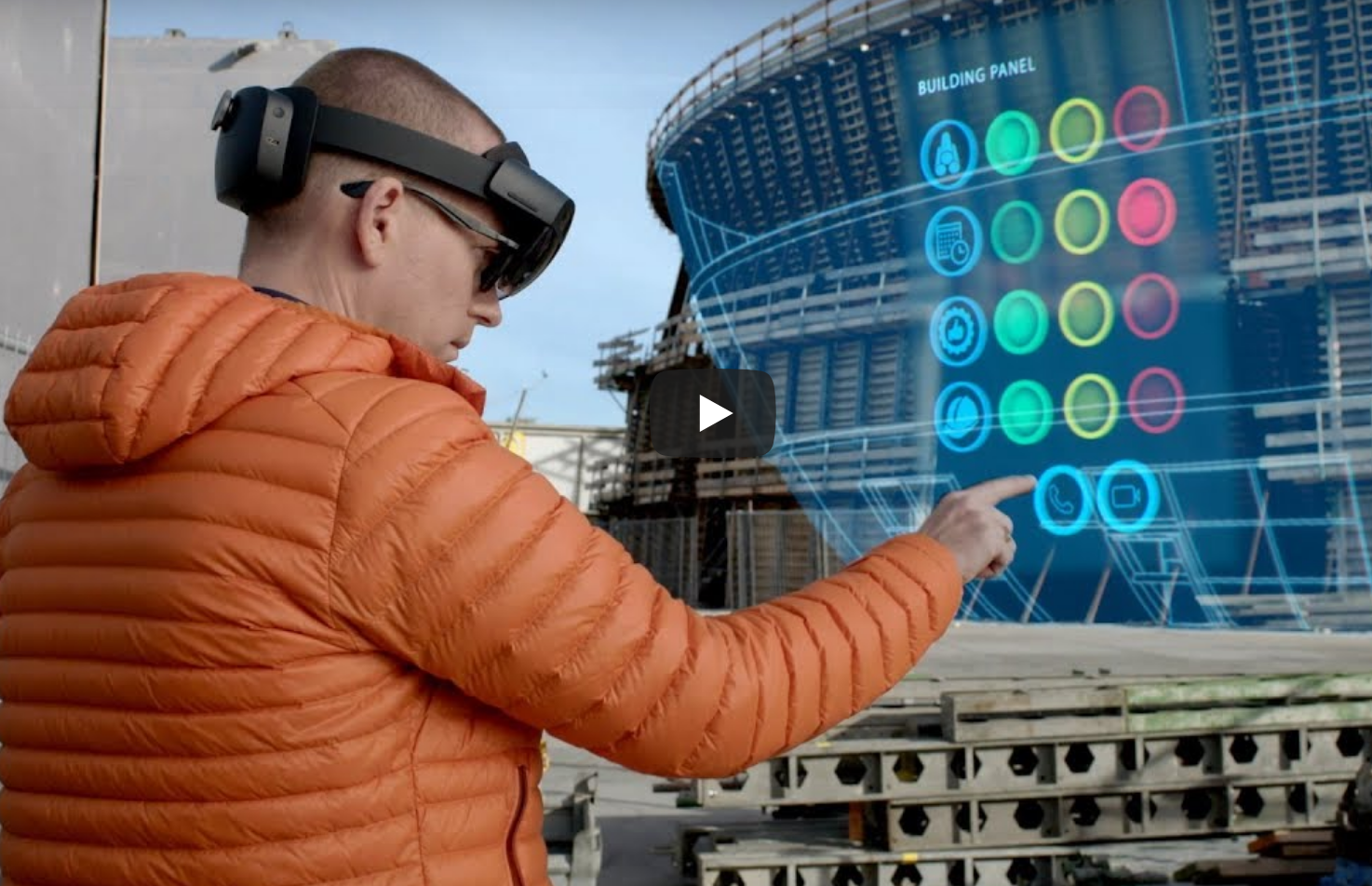Microsoft’s HoloLens has received another order from the US Army for the advanced mixed reality goggles designed for combat situations.
It was back in 2020 when it was announced that Microsoft would supply the US Army with thousands of devices based on its HoloLens augmented reality headset, known as the Integrated Visual Augmentation System (IVAS).
But initial testing of the headsets had seen soldiers complaining of headaches, nausea, and eyestrain.

New order
And in October 2021 the US Army said it was pushing back the date it planned to field the augmented reality glasses.
However it said at the time that it remained “fully committed” to the $22 billion contract, after defence news publication Jane had reported that it had halted the project and was re-evaluating plans for the technology.
But now Bloomberg reported that in July, Microsoft had sent the US Army a batch of 20 updated prototype headsets, which were tested by two squads of soldiers in August who checked for improvements in reliability, low-light performance and how well they fit without repeats of the nausea and dizziness that halted the deployment of earlier versions.
The improved combat goggles have now passed their first round of intensive testing by soldiers, and Microsoft has reportedly been awarded an order for another batch for a make-or-break combat evaluation in 2025.
The newer headsets had “demonstrated improvements in reliability, low light sensor performance, and form factor,” Army spokesperson David Patterson told Bloomberg.
The US Army thus awarded Microsoft with another contract on 5th September for the version 1.2 of the headsets to see if the company could scale production.
It was reported that the US Army had asked Congress to fund its purchase of 6,900 headsets from Microsoft, but it was denied earlier this year.
Instead, Congress reduced the $400 million in funding the Army requested to just $40 million to improve the system.
The US Army awarded Microsoft that money plus an additional $125 million to continue development, Bloomberg reported.
In total the US Army plans to spend as much as $21.9 billion on the project, and the headset will undergo testing in 2025 by the US Army for use in combat.
HoloLens disarray?
The news does offer some degree of continuity for Microsoft’s headset, after years of speculation over its future.
Microsoft’s HoloLens augmented reality headset had first been revealed to the world back in 2015.
![]()
But new headset models have been somewhat sporadic over the intervening years, with the last commercial model being the HoloLens 2, which had been announced at the Mobile World Congress (MWC) back in February 2019.

Then in February 2022 questions were raised about the future of Microsoft’s HoloLens project, amid reports that the HoloLens 3 had been cancelled in mid-2021, around the same time Microsoft partnered with Samsung for a mixed reality device.
The decision to reportedly rely on Samsung hardware while Microsoft took care of the software side reportedly caused internal disruption, with some media reports of the entire program being in complete disarray.
But worse was to follow.
Microsoft’s HoloLens division had been led by Microsoft technical fellow Alex Kipman, the creator of the HoloLens augmented reality headset.

But in June 2022 it was reported Kipman was leaving Microsoft after he had been accused of inappropriate behaviour.
Track record
By December 2022 it had been reported that Microsoft would continue to work on the core HoloLens hardware technologies, including displays, tracking, sensors and battery life.
But there was no sign of a replacement for the 2019 HoloLens 2.
Then in January this year, it appears that an unknown number of members of the HoloLens team were laid off when Microsoft had announced it was axing 10,000 job losses, or 5 percent of its total workforce.
So there is speculation that Microsoft is currently ‘resting’ or ‘pausing’ its HoloLens hardware ambitions, but its tech continues to live on in these special military goggles.
And Microsoft does not have a good track record for special projects or hardware ventures.
Lets not forget Microsoft’s protracted abandonment of Windows Phone; its failed acquisition of Nokia; the axing of the Kinect controller device; the Band wearable; Zune music player; Surface Neo tablet; the dual-screen Surface Duo 3; the Courier Project (a dual-screen tablet); ARM powered Surface RT devices; the Cortana virtual assistant; Windows 10X; and the Microsoft Kin phone line for social networking.




